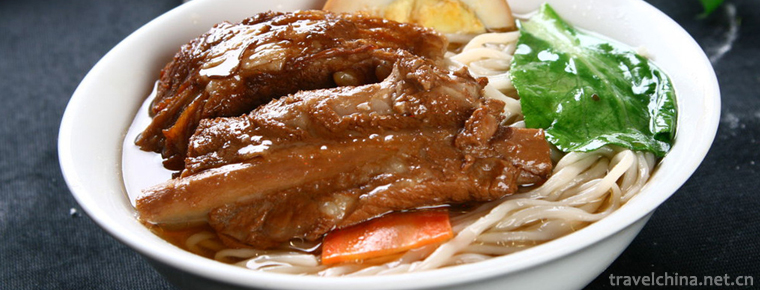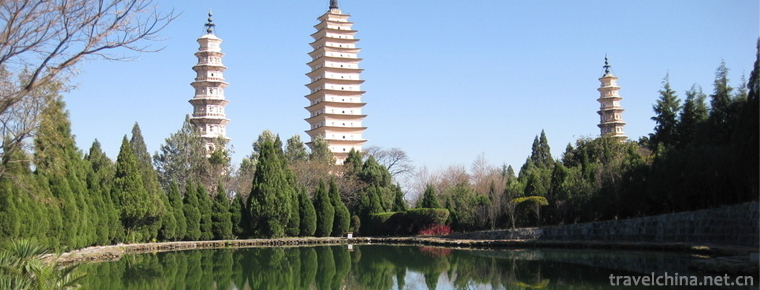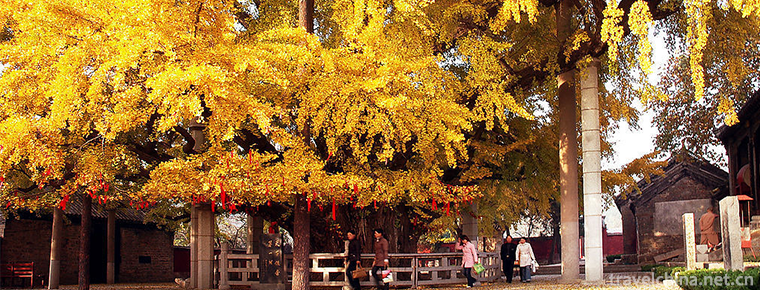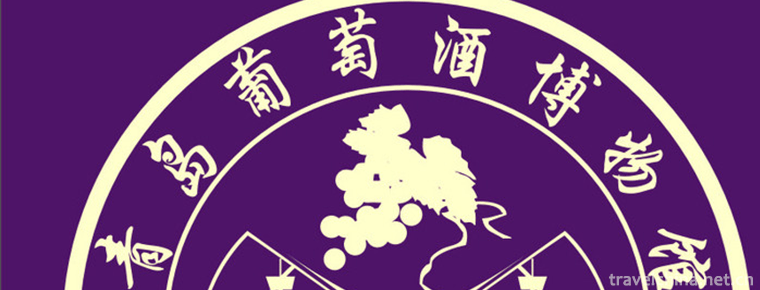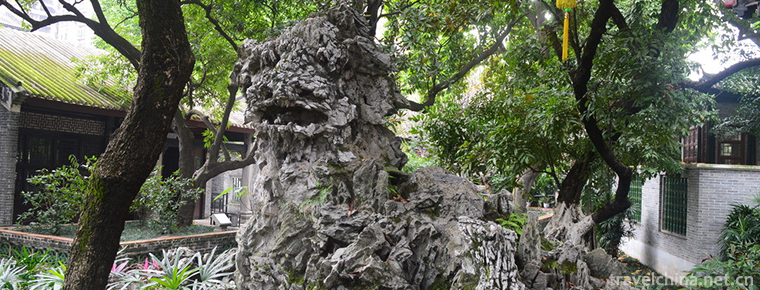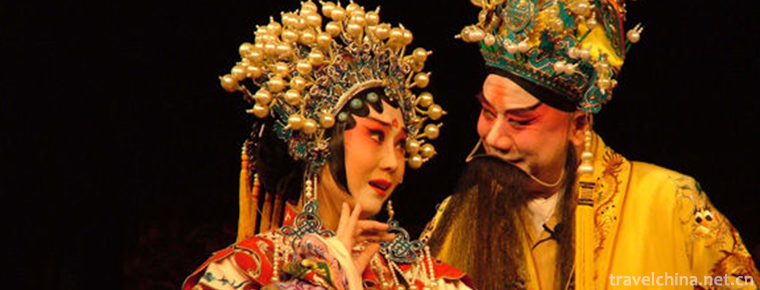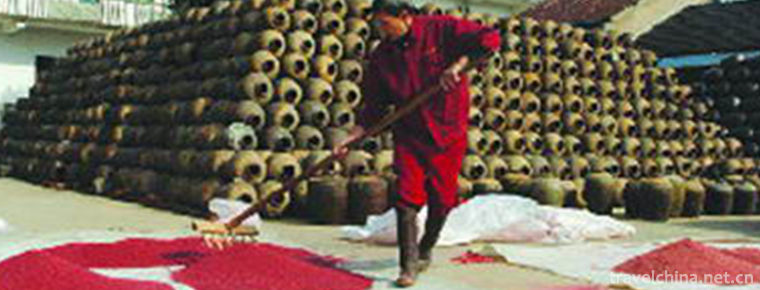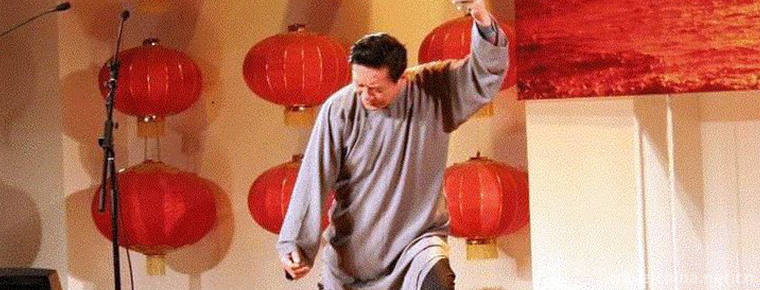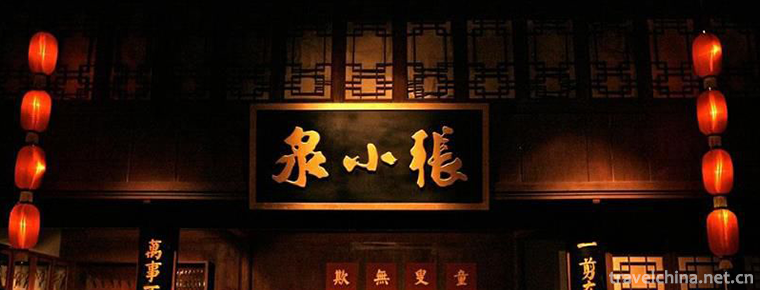Wuzuquan
Wuzuquan
Wuzu Quan is one of the Nanquan in traditional Chinese boxing. It is said that Cai Yuming (from Quanzhou, Fujian Province, 1853-1910) synthesized Baihe Quan, Monkey Quan, Arhat Quan, Dazun Quan and Taizu Quan, so it is called Wuzu Quan. Five-ancestor boxing is characterized by short fighting, tight door, and vigorous boxing. In practice, it is required that the head should be on top, shoulders should be dropped, heart should be guarded and Dantian should be reunited. The requirements for pile work are strict, the legs are even and the footsteps are high.
Five-ancestor boxing also integrates the characteristics of seven kinds of boxing. Monkey's hand, crane's foot, Xuannu's swaying steed's blade, Dazun Luohanbu, Taizu's body, and Heyang's Northern Style techniques, Madame Daotai's lower cross-legged skills included seven excellent boxing techniques, which made Wuzu Quan the best and outstanding boxing in Southern Fujian at that time, and Cai Yuming became a master of a generation.
On June 7, 2008, Wuzuquan was approved by the State Council to be included in the second batch of national intangible cultural heritage list.
brief introduction
Wuzu Quan is one of the Nanquan in traditional Chinese boxing. It is said that Cai Yuming (from Quanzhou, Fujian Province, 1853-1910) is said to be a combination of Baihe Quan, Monkey Quan, Luohan Quan, Dazun Quan and Taizu Quan by Cai Yuming, so it is called Wuzu Quan. Five-ancestor boxing is a typical exogenous skill-type boxing. It is fierce and powerful. It combines many techniques and practices of inner-family boxing with softness and rigidity. This Boxing Routine has more than 200 sets. Empty boxing and long and short soldiers have their own systems. The small one has only ten steps and the big one has more than 100 players. Whatever the size of the set, the five elements, the left and right dimension, attack and defense, both inside and outside, steadily and correctly, when punching, want to start first, commonly used shake the body shake method, speed up the punch, increase the punch. There are also voices to help. This fist is characterized by firm grip, light front and heavy back, easy entry, like taking off rabbits, like crouching tigers; simple and rigorous skill, Yin and Yang, clear attack and defense, shoulder-sinking, elbow-picking, natural body. The lower plate is firm, the ground takes root, the footwork is twisted and delicate, the kick is straight up and down, low and heavy. Strength, Dantian for the kitchen, from the waist, urges each other, internal gas and techniques are focused on the ups and downs of huff and puff. The instruments are most famous for their cudgel skills.

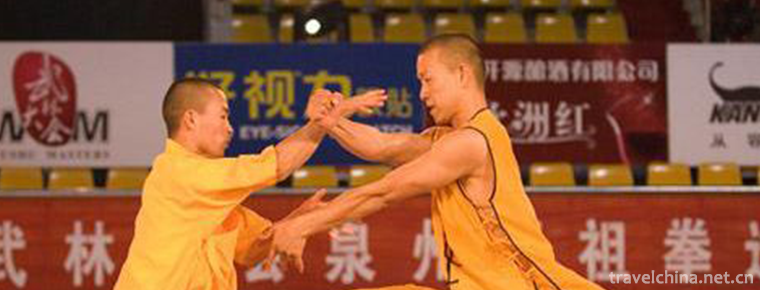
-
Pork ribs Noodles
Pork ribs Noodles are a traditional pasta, especially in Cantonese cuisine.
Views: 188 Time 2018-10-12 -
The Chongsheng Temple And The ThreePagoda
The Three Pagodas of Chongsheng Temple are situated 1.5 kilometers northwest of Dali ancient city.
Views: 172 Time 2018-10-17 -
Fulaishan Scenic Area
Fulaishan Scenic Spot, located about 8 kilometers west of Juxian County Town, is a national AAAA-level tourist scenic spot, provincial scenic spot, provincial geological heritage nature reserve, and i.
Views: 141 Time 2019-01-12 -
Qingdao Wine Museum
Qingdao Wine Museum is located at No. 68 Yan'an Road, North District of Qingdao City. It is an underground museum with popular science education, collection and display.
Views: 184 Time 2019-02-07 -
Qinghui Garden
Qinghui Garden is an ancient garden building built in Ming Dynasty. Located in Qinghui Road, Daliang Town, Shunde District, Foshan City, Guangdong Province,.
Views: 204 Time 2019-02-07 -
rime island
Wuluo Island, an island on the Songhua River, is located in the Manchu town of Ura Street, Longtan District, Jilin Province. The villages of Hantun and Zeng Tongtun in Manchu Town of Ura Street are th.
Views: 186 Time 2019-02-25 -
Kun Opera
Kunqu Opera, formerly known as "Kunshan Opera" or "Kunqu Opera" for short, is an ancient Chinese opera voice and opera, now also known as "Kunqu Opera". Kunqu Opera is on.
Views: 161 Time 2019-05-10 -
Traditional Brewing Techniques of Brewing Wine
The traditional brewing technology of Jinhua liquor is the traditional handicraft technology of Jinhua City, Zhejiang Province. The typical representative and complete remains.
Views: 140 Time 2019-06-07 -
Shandong Express Book
Shandong Quick Book, originating from Shandong Province's local traditional folk art form, has a history of more than 100 years. It was first popular in Shandong, North China and Northeast China, and .
Views: 168 Time 2019-06-13 -
Forging Skill of Zhang Xiaoquans Scissors
In 1663, Zhang Xiaoquan's scissors were first created in Hangzhou, and later became one of the famous "five Hangzhou" products. The development of "Zhang Xiaoquan" scissors has exp.
Views: 279 Time 2019-07-25 -
Animal resources in Neijiang
The animal resources in Neijiang are mainly livestock, poultry and some wild animals. Domestic animals include mammals, birds, insects, fish and domestic wild animals. There are pigs, cattle, sheep, rabbits and a small number of horses, mules and donkeys.
Views: 316 Time 2020-12-16 -
Meishan administrative division
Meishan City has 6 county-level administrative divisions (Municipal District 2, county 4), and 80 township level administrative divisions (street 13, town 62, township 5). It covers an area of 7134 square kilometers and has a population of 3.5 million. Meishan Municipal People's Government in Dongpo District Meizhou Avenue West Section 2..
Views: 326 Time 2020-12-18
